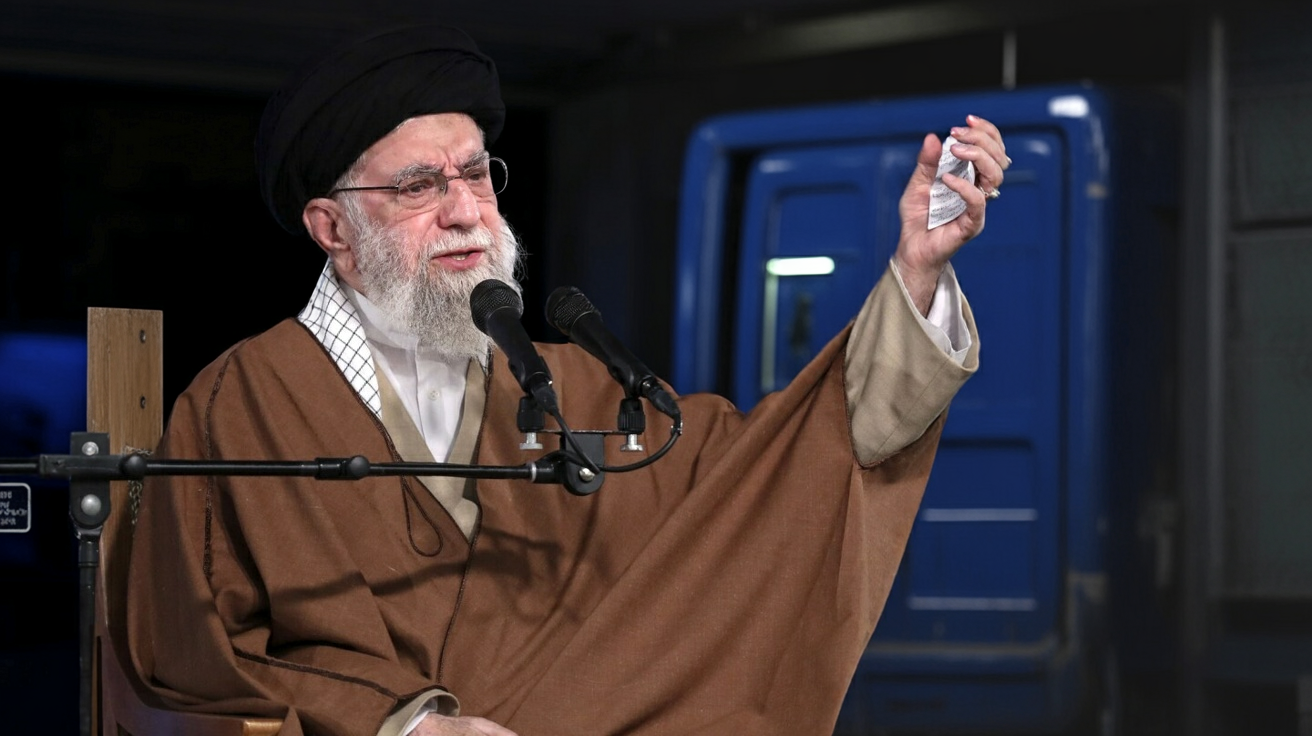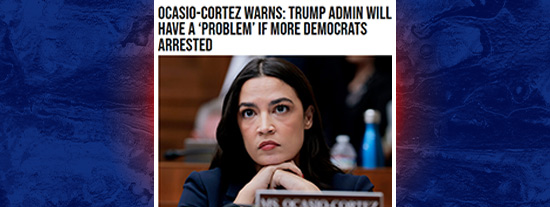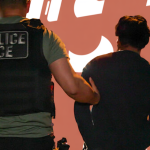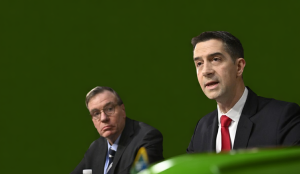Iran’s supreme leader warns against further American attacks in his first statement since ceasefire

Iran’s Supreme Leader Assails U.S. Actions
Iran’s Supreme Leader Ayatollah Ali Khamenei delivered a potent rebuke against the United States by stating that Iran had “delivered a slap to America’s face” following their attack on an American base in Qatar. In a statement transmitted on Iranian state television, Khamenei criticized the U.S. and warned against any future attacks. This vitriolic declaration marked Khamenei’s first public appearance since Iran’s recent conflict with Israel temporarily ceased.
Khamenei’s Condition and Statements
During his televised appearance, Khamenei, looking visibly tired at 86 years old, was speaking with a raspy voice, which was a noticeable contrast to his previous public engagements. He spent over 10 minutes making declarations that included diminished portrayals of the recent U.S. strikes on Iran’s nuclear facilities, which President Donald Trump had claimed “completely and fully obliterated Iran’s nuclear program.” Khamenei argued that the U.S. had overstated the attack’s effectiveness, emphasizing that they “could not achieve anything significant.”
Global Observations and Iranian Admissions
In concurrence with Iran’s downplayed reports, Rafael Grossi from the International Atomic Energy Agency acknowledged the extensive damage to Iran’s nuclear infrastructure by U.S. and Israeli strikes, describing it as “very, very, very considerable.” Furthermore, Iran’s own spokesman for the Foreign Ministry, Esmail Baghaei, admitted the serious damage inflicted on their nuclear installations.
A Ceasefire and Diplomatic Movements
Following these incidents, a ceasefire between Iran and Israel was mediated by President Trump, commencing last Tuesday. Khamenei suggested that the U.S. intervened in the conflict to prevent the obliteration of Israel, claiming that the U.S. achieved little from its involvement. He also boasted about Iran’s capability and readiness to strike critical U.S. positions in the region if provoked.
Post-War Conditions in Iran
|
Since the ceasefire, normalcy is slowly being restored in Iran, with partial reopening of its airspace for domestic and international flights and resumed daily activities within Tehran. Despite the conflict’s cessation, the death toll reported by various groups underscores the severe human impact, with hundreds killed and thousands injured on both sides.
Ongoing Tensions and Future Prospects
Despite the current pause in military aggressions, tensions remain high. Iran remains steadfast in continuing its nuclear program, with recent parliamentary moves to halt cooperation with the International Atomic Energy Agency. Concurrently, there are whispers of potential U.S.-Iran talks, hinted at by U.S. Mideast envoy Steve Witkoff, despite no official confirmation from Iran.
With a complicated path ahead and the world watching closely, the situation between Iran, the U.S., and Israel continues to evolve, fraught with persistent hostilities and the slim hope for a lasting peace.








No Comments